History
Curriculum Leaders: Tatiana Hardyman and Laura Gilchrist
Mrs Hardyman and Mrs Gilchrist are our history leaders and are responsible for this curriculum area. This means ensuring we teach an ambitious curriculum, supporting our teachers in implementing our curriculum through high-quality lessons and checking that lessons help our children know more, remember more, and do more.
Purpose of study
A high-quality history education will help pupils gain a coherent knowledge and understanding of Britain’s past and that of the wider world. It should inspire pupils’ curiosity to know more about the past. Teaching should equip pupils to ask perceptive questions, think critically, weigh evidence, sift arguments, and develop perspective and judgement. History helps pupils to understand the complexity of people’s lives, the process of change, the diversity of societies and relationships between different groups, as well as their own identity and the challenges of their time.
Aims
The national curriculum for history aims to ensure that all pupils:
- know and understand the history of these islands as a coherent, chronological narrative, from the earliest times to the present day: how people’s lives have shaped this nation and how Britain has influenced and been influenced by the wider world
- know and understand significant aspects of the history of the wider world: the nature of ancient civilisations; the expansion and dissolution of empires; characteristic features of past non-European societies; achievements and follies of mankind
- gain and deploy a historically grounded understanding of abstract terms such as ‘empire’, ‘civilisation’, ‘parliament’ and ‘peasantry’
- understand historical concepts such as continuity and change, cause and consequence, similarity, difference and significance, and use them to make connections, draw contrasts, analyse trends, frame historically-valid questions and create their own structured accounts, including written narratives and analyses
- understand the methods of historical enquiry, including how evidence is used rigorously to make historical claims, and discern how and why contrasting arguments and interpretations of the past have been constructed
- gain historical perspective by placing their growing knowledge into different contexts, understanding the connections between local, regional, national and international history; between cultural, economic, military, political, religious and social history; and between short- and long-term timescales.
Intent
We are setting out to help our pupils be ...
- Understanding. To understand the impact History has on their lives today.
- Critical. Children enjoy opportunities to ask questions, think critically and develop perspective.
- Empowered. Children are empowered to develop their curiosity and resilience, through practical learning experiences.
- Creative. Learn to use their growing knowledge to develop and gain an Historical perspective and apply this in different contexts.
Implementation
We will do this by ensuring ...
- Children are taught a broad curriculum that includes enrichment opportunities.
- Children are taught to form their own opinions through Historical enquiries.
- A range of resources are used to support children experience History and make connections.
- Skills are taught progressively across all year groups.
- A range of resources are used to help children analyse and make connections to the History they learn.
Impact
We will have made a difference when ...
- As Historians, children learn lessons from History that influence the decisions they make in their lives in the future.
- Children will be engaged in their lessons and want to learn more.
- Children demonstrate a respect for evidence and explain how it can be used to unlock the past.
- Children will be able to share their thoughts and opinions demonstrating their value and engagement with the curriculum.
Our children will be taught to...
Year R
-
In Year R, children are encouraged to explore and understand their immediate environment. They are taught to describe their surroundings using knowledge gained from observation, discussion, stories, non-fiction texts, and maps.
-
Through these experiences, children develop an understanding of their local community and the world around them. They learn about the similarities and differences between life in their country and other countries, drawing on knowledge from stories, non-fiction texts, and maps.
-
Children also learn about the natural world and the changes that occur throughout the year, including the seasons. They are taught to identify and describe some of the similarities and differences between the natural world around them and contrasting environments, drawing on their experiences and what they have learned in class.
-
Through this learning, children develop an appreciation of the natural world and its importance. They also develop their language and communication skills, as well as their understanding of geography and science.
Year 1
In Year 1, children begin the autumn term by studying the project Childhood. This project builds on children’s past experiences, including their family history and events within living memory, and works well as an introductory project. In the summer term, children study the project School Days. This project enables children to learn the history of their school and compare schooling in the Victorian period.
Year 2
In the autumn term of Year 2, children extend their studies to explore a broader range of periods in the project Movers and Shakers. This project explores the concept of significance and the significant people that have greatly influenced history. In the summer term, children study the project Magnificent Monarchs. This project introduces children to the challenging concepts of power and monarchy in preparation for more complex historical topics in Key Stage 2. The projects studied in Key Stage 1 provide numerous opportunities for children to explore significant historical events, people and places in their locality.
Year 3
In Year 3, children begin the autumn term by studying the chronology of British history in the project Through the Ages. This project teaches children about the significance of prehistoric periods and the changes in Britain from the Stone Age to the Iron Age. In the summer term, children continue to develop their knowledge of the chronology of British history in the project Emperors and Empires. This project teaches children about the Roman Empire, its invasion of Britain and Britain’s ensuing Romanisation.
Year 4
In the autumn term of Year 4, children resume their learning about British history in the project Invasion. This project teaches children about the Roman withdrawal and the invasion and settlement of the Anglo-Saxons and Vikings. This project concludes at 1066, which meets the guidance from the national curriculum for British history. In the summer term of Year 4, children begin their studies of ancient history by studying the overview project Ancient Civilisations. This project enables children to learn about the achievements of the earliest civilisations, including ancient Sumer, the Indus Valley civilisation and ancient Egypt.
Year 5
In the autumn term of Year 5, children continue to build their knowledge of ancient civilisations with an in-depth analysis of ancient China in the project Dynamic Dynasties. This project enables children to study the significance and influence of ancient China and its prowess and advancements in the written word, technology and metalwork. In the summer term, children further study ancient and world history in the project Groundbreaking Greeks. This project enables children to explore life in ancient Greece, including examining the achievements and influence of ancient Greece on the western world.
Year 6
In the autumn term of Year 6, children study the more complex historical issues of enslavement, colonialism and power in the project Maafa. In this project, children explore a range of African kingdoms, including the Kingdom of Benin, and study Britain’s role in the development, perpetuation and abolition of the slave trade. In the summer term of Year 6, children complete their historical studies with the project Britain at War. This project enables children to study the role war has played in Britain’s history since 1066, focusing on the First and Second World Wars as crucial turning points in British history.
Units of Work
Year 1
 |
Year 1 AutumnChildhood This project teaches children about everyday life and families today, including comparisons with childhood in the 1950s, using artefacts and a range of different sources. |
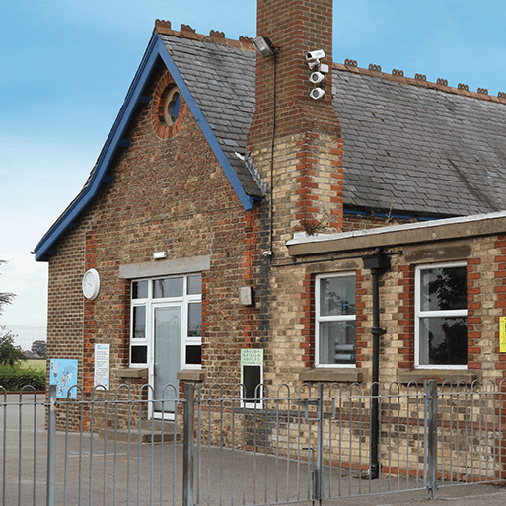 |
Year 1 SummerSchools Days This project teaches children about their own school and locality, both today and in the past. They compare schooling in the Victorian era to their experiences today. |
Year 2
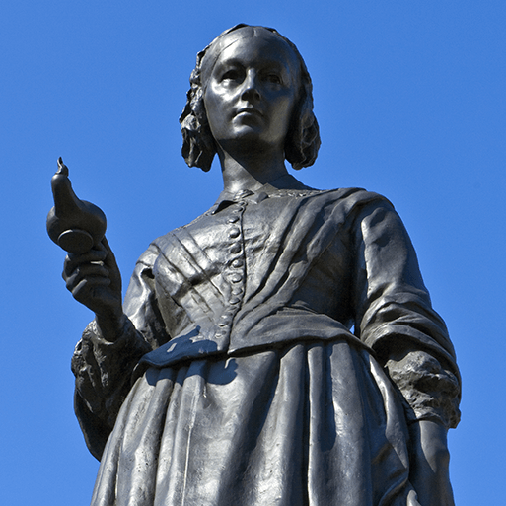 |
Year 2 AutumnMovers and Shakers This project teaches children about historically significant people who have had a major impact on the world. They will learn to use timelines, stories and historical sources to find out about the people featured and use historical models to explore their significance. |
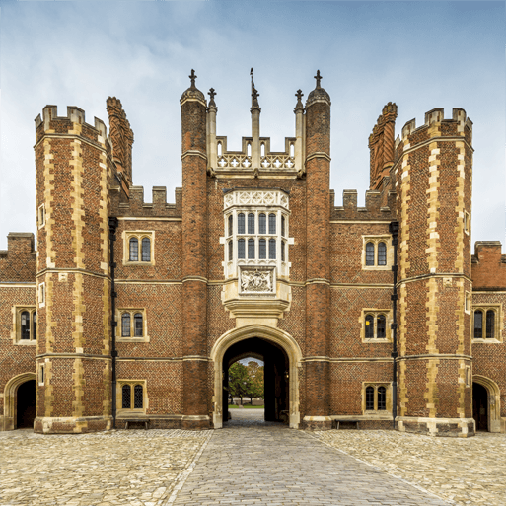 |
Year 2 SummerMagnificent Monarchs This project teaches children about the English and British monarchy from AD 871 to the present day. Using timelines, information about royal palaces, portraits and other historical sources, they build up an understanding of the monarchs and then research six of the most significant sovereigns. |
Year 3
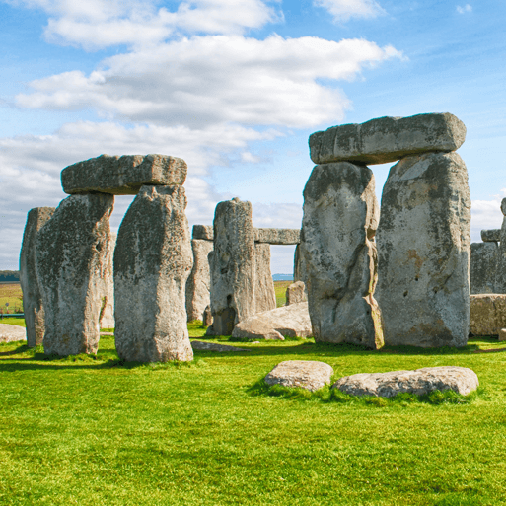 |
Year 3 AutumnThrough the Ages This project teaches children about British prehistory from the Stone Age to the Iron Age, including changes to people and lifestyle caused by ingenuity, invention and technological advancement. |
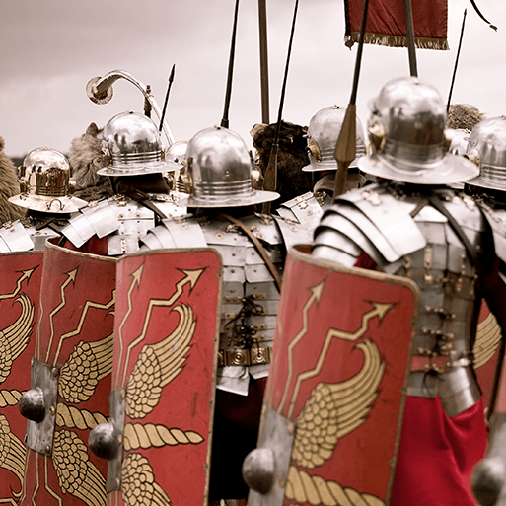 |
Year 3 SummerEmperors and Empires This project teaches children about the history and structure of ancient Rome and the Roman Empire, including a detailed exploration of the Romanisation of Britain. |
Year 4
 |
Year 4 AutumnInvasion This project teaches children about life in Britain after the Roman withdrawal. Children will learn about Anglo-Saxon and Viking invasions up to the Norman conquest. |
 |
Year 4 SummerAncient Civilisations This project teaches children about the history of three of the world’s first ancient civilisations: ancient Sumer, ancient Egypt and the Indus Valley civilisation. Children will learn about the rise, life, achievements and eventual end of each civilisation. |
Year 5
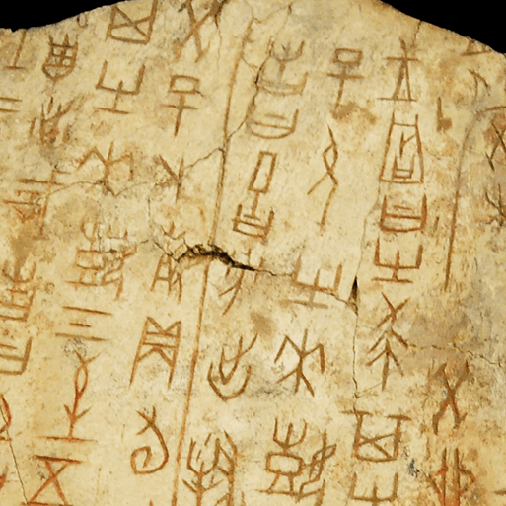 |
Year 5 AutumnDynamic Dynasties This project teaches children about the history of ancient China, focusing primarily on the Shang Dynasty, and explores the lasting legacy of the first five Chinese dynasties, some of which can still be seen in the world today.Y |
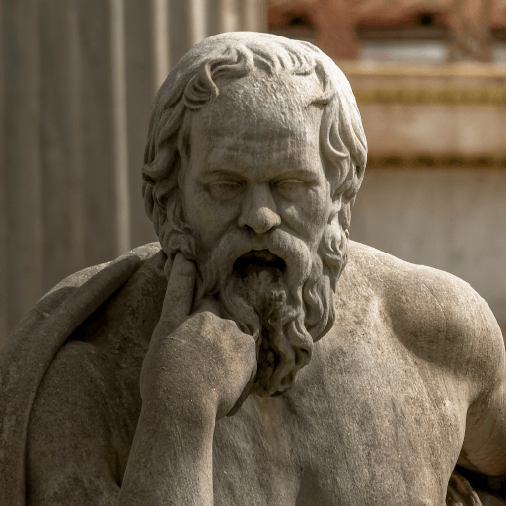 |
Year 5 SummerGroundbreaking Greeks This project teaches children about developments and changes over six periods of ancient Greek history, focusing on the city-state of Athens in the Classical age, and exploring the lasting legacy of ancient Greece. |
Year 6
 |
Year 6 AutumnMaafa This project teaches children about Africa past and present, with a particular focus on Benin. It traces the development of the slave trade and explores Britain’s role in the transatlantic slave trade, the causes and consequences of the European colonisation of Africa and the worldwide communities that make up the African diaspora. |
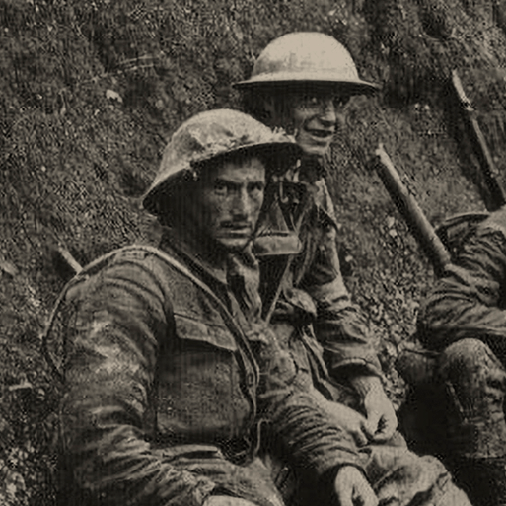 |
Year 6 SummerBritain At War This project teaches children about the causes, events and consequences of the First and Second World Wars, the influence of new inventions on warfare, how life in Great Britain was affected and the legacy of the wars in the post-war period. |
